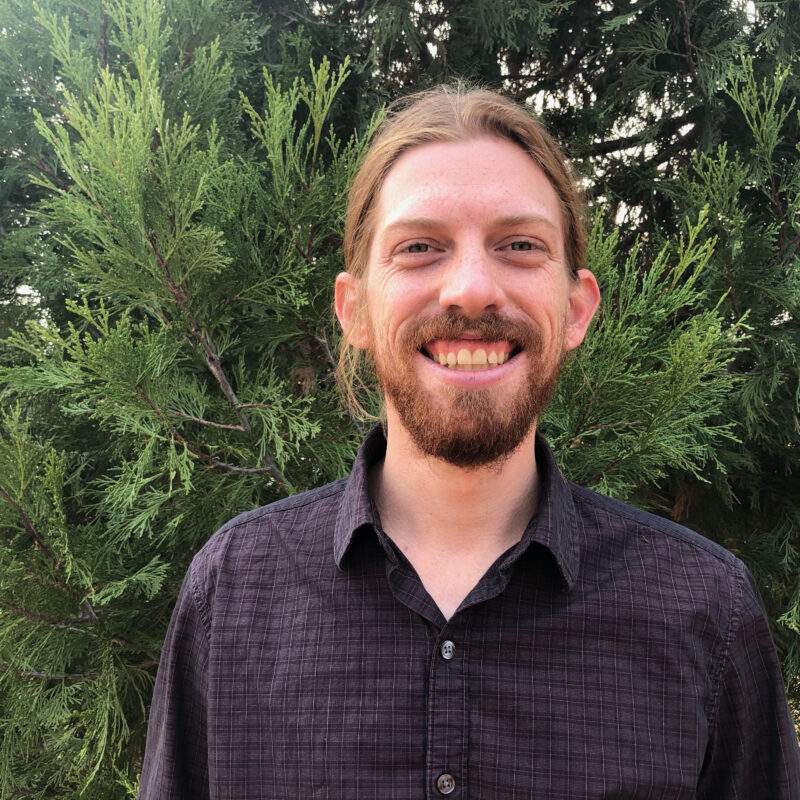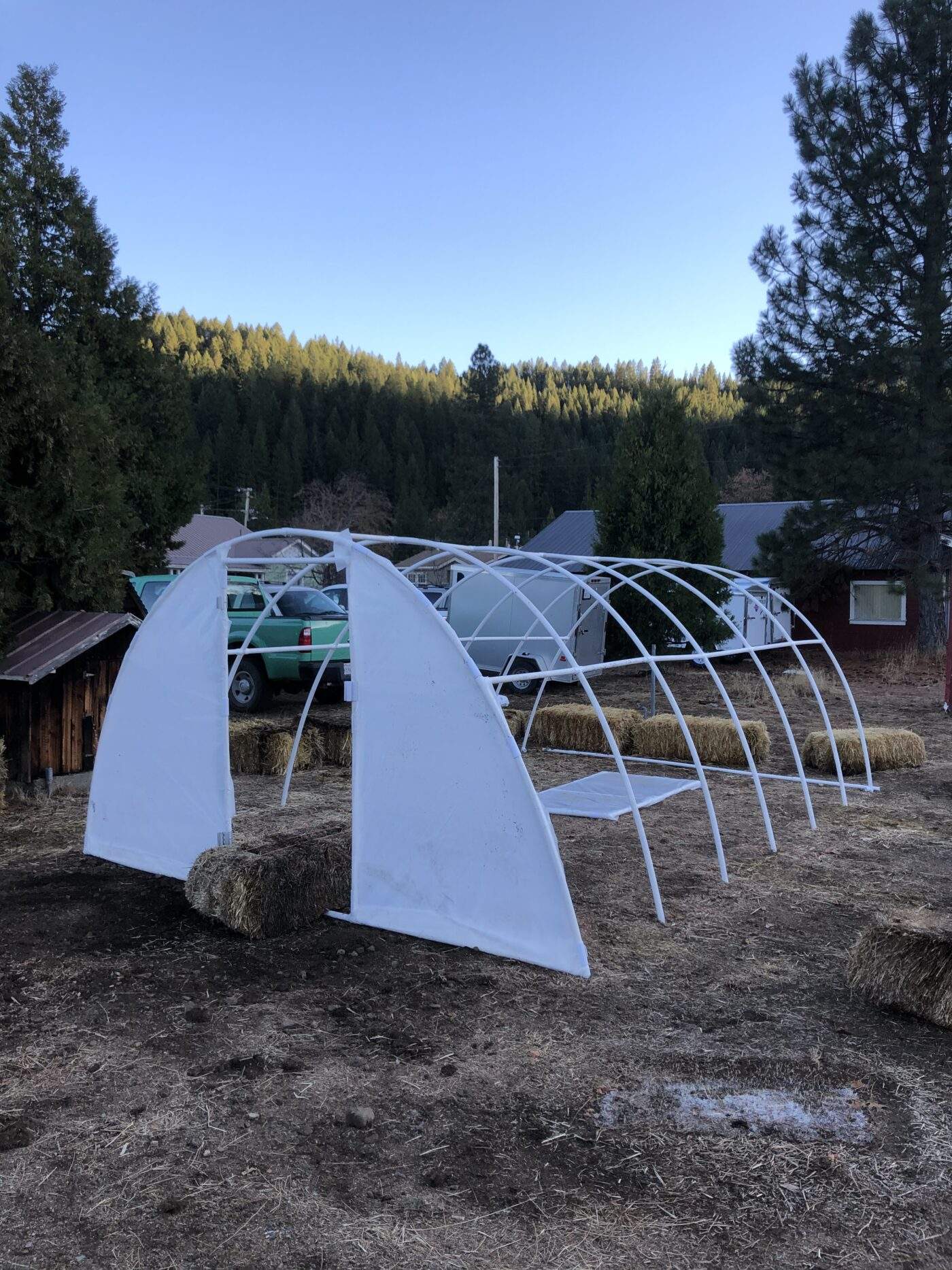
I’ve never thought of myself as a gardener and especially not as a native plant horticulturist; however, as I came in as an Americorps Volunteer with the Sierra Institute this is exactly the role I took on for one of the many projects that were waiting for me. This role I find myself in is a part of a collaborative endeavor called the Sierra to Cascade Plant Propagation Initiative (SCPPI, said “skippy”) that strives to increase native plant materials capacity in the Northern Sierra Nevada and Southern Cascade bioregions in northern California. The mission of this collaboration between local, state, and federal agencies, as well as local nonprofits, tribal entities, and local businesses is to support and coordinate the development of a seed-to-seed plant materials infrastructure that includes seed curtain facilities for storage and cleaning, commercial-scale nurseries for the production of container plants, and agronomic capacity for seed increase and production of important species for regional ecological restoration.


SCPPI is a relatively new collaborative effort, establishing its initial framework in 2019, with large-scale goals that hope to not only increase native plant material capacity and support restoration projects in the area but also add to sustainable economic growth for its communities. These are not goals that can be reached overnight and they inevitably must start small and grow over time, it is on the ground floor of this effort that I find myself. Phase One of developing this capacity is to establish a small greenhouse operation capable of producing 1,500 containers of pine-mat manzanita for restoration projects at Lassen Volcanic National Park within a two-year period and to engage community members, especially youth, along the way. This fits perfectly into my role as an Americorps fellow, as my focus is on assisting to build capacity for the organization and the communities I am serving in.
Over the past seven months of my service, I have managed to construct a small DIY greenhouse structure with the assistance of Sierra Institute staff and the guidance of our main partner, Steve Buckley, a Ph.D. Botanist with Lassen Volcanic National Park. Steve also provided us with manzanita plant material from the National Park back in November of 2020 which was processed and transferred into our small nursery. The cuttings were monitored and watered occasionally until the spring in hopes that they would establish roots. However, it seems that few if any cuttings have established roots and while this is unfortunate from certain standpoints it has been incredibly informative for the project moving forward. As Sierra Institute continues to push forward projects to produce native plant material we will implement the lessons that I have learned through this process. Through determination and persistence I know we will someday find success with propagating notoriously difficult plants such as manzanita as well as many other varieties of important native plants to the Northern Sierra and Southern Cascades of California.
I have already learned a great deal about native plant horticulture through research, advice, and some trial and error. I am excited to continue to learn and also to engage with others along the way in a collaborative learning process that I hope will inspire some into the world of native plant horticulture but that will undoubtedly help in the efforts of SCPPI and their important goal of supporting local restoration projects and healthy/resilient and biodiverse forests.




